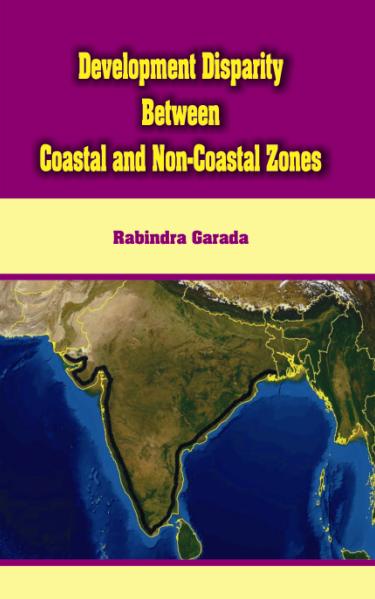|
 |
| Details of Book :Development Disparity Between Coastal and Non-Coastal Zones |
| TITLE : | Development Disparity Between Coastal and Non-Coastal Zones |
| AUTHOR : |
Dr. Rabindra Garada |
| ISBN : |
9789383575022 |
| SUBJECT : |
Environment |
| LANGUAGE : |
English |
| YEAR : |
2014 |
| PRICE : |
Rs
1195
|
|
| About Book: | So far, the word “Development” has been highly economized, commercialized, but not humanized in true sense of its approach and application worldwide. It is also undeniable fact that though the capitalistic economic development is changing the world to a comfortable living of humanity at this juncture- but alarmingly increasing its development disparity. This disparity usually gets reflected between coastal and non-coastal regions of the world. It is also not untrue that capitalistic economy has been flourishing in the coastal regions at the cost of resource rich non-coastal regions worldwide (Garada, 2011 & 2012). In this context, the present book authored by Dr.Rabindra Garada, developed on his teaching and research experience of over a decade and a half at University level, is a significant contribution to the understanding of the development disparity that persists between the coastal and non-coastal regions. Before explaining this disparity, the author has modestly attempted to give a framework of thinking on the causes and consequences of western ideology of development in the underdeveloped countries, and has extended the same logic to the dynamics of development disparity persisting between the countries at international level, and between the states/economic zones at national level. Most importantly, the trickledown effect versus polarization effect and spread effect versus backwash effect explain both conversion and diversion theorems on regional disparities across the countries in the world. However, trickledown effect and spread effect could not overcome the problems of backwash effect and polarization effect in the developing country like India. The severity of disparity varies from region to region, as it is lowest in the developed countries and highest in the developing countries. After giving a theoretical base to the study of development and underdevelopment the author has critically reviewed the relevant literature and has analyzed as to how North-South divide and Coastal-Non-Coastal divide of the countries are structured in terms of development disparity at the Global level by taking some indicators viz., agriculture, industry, education and demography. After outlining the macro-understanding of development disparity, the author has discussed the roots of development and underdevelopment in Odisha taking both geographical and non-geographical factors. Subsequently, analyzing the dimensions and factors of development and underdevelopment of four different economic zones namely Coastal Plains, Eastern Ghat, Central Table Land and Northern Plateau of Odisha, author argues that the coastal plains are developing not solely due to their favourable socio-economic and geographical conditions, but mostly by neglecting and exploiting the backward regions of the state. The author observes that the state government does not have genuine concern for the development of the backward districts unlike the districts of coastal belt in Odisha. The author espouses that for proper and balanced zonal development of the state, the disparities of various sorts which have been existing between the coastal and highland districts over the years need to be removed by evolving appropriate planning mechanism, resource allocation and remedial measures. The overall strategies of development should be initiated to clear the development backlogs, and to bridge the development gaps that persists between the regions of the state at present. The book will be very useful for the regional development planners, researchers and social activists who have concern for the development of backward regions, and upliftment of downtrodden sections of population. Most importantly, the review of literatures on development disparity which explains about coastal and non-coastal divide of the countries at Global level, and of the states in all-India level in the book will inspire the serious researchers for further fruitful research on the topic. The analysis of zonal disparity will be more relevant to those perspective thinkers and social workers who are rendering valuable social service to the people. It will stimulate further research on regional dimensions of Indian economy and society that perpetuate all forms of inequalities over the years. |
|